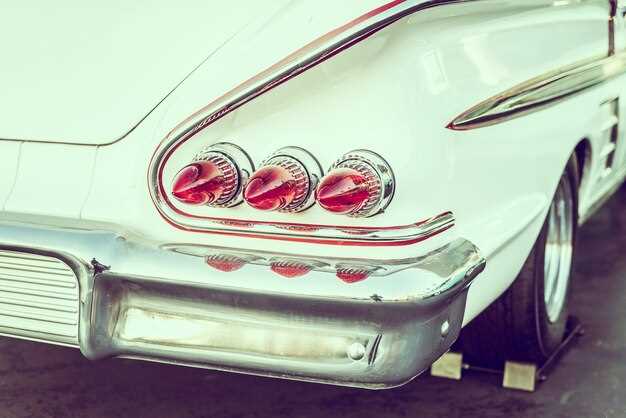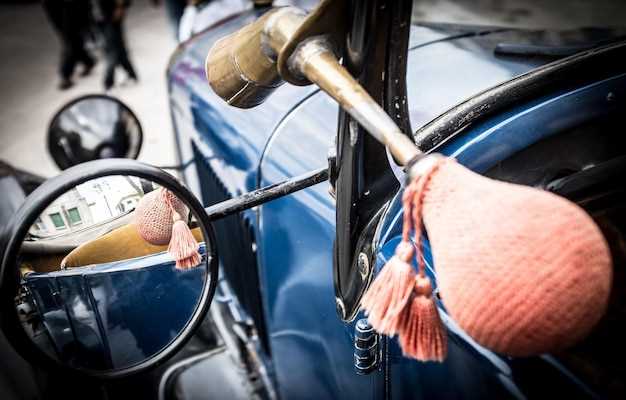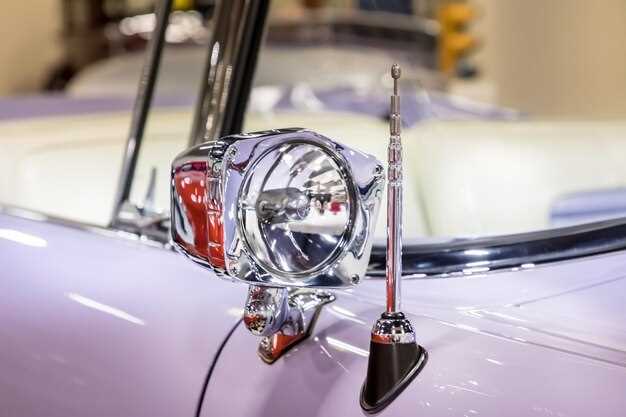Restoring a Classic Fiat – Where to Begin

Restoring a classic Fiat is a rewarding project that can bring a piece of automotive history back to life. The charm and elegance of these vehicles have captured the hearts of enthusiasts around the world. From the iconic Fiat 500 to the sporty Fiat Spider, each model carries its own unique story and distinct appeal, making the restoration process both exciting and fulfilling.
In this comprehensive guide, we will outline the essential steps you need to take to successfully restore your classic Fiat. This includes everything from sourcing the right parts to understanding the intricacies of automotive design specific to Fiat models. Whether you are a seasoned restorer or a newcomer, our step-by-step approach will help you navigate the challenges and triumphs of this engaging hobby.
Throughout this guide, we will emphasize the importance of attention to detail, patience, and a passion for preserving automotive heritage. By the end of this journey, not only will you have a beautifully restored Fiat, but you will also gain a deeper appreciation for the craftsmanship that defines these classic cars.
Assessing the Condition of Your Classic Fiat
Before diving into the restoration process, it is essential to thoroughly assess the condition of your classic Fiat. This initial evaluation will determine the extent of work required and help you make informed decisions throughout the restoration journey.
Start with the Exterior: Examine the body panels for rust, dents, and paint quality. Pay special attention to areas commonly affected by corrosion, such as wheel arches, door bottoms, and undercarriage. A well-preserved exterior may include original paint, while signs of previous repairs should raise questions about the car’s history.
Inspect the Interior: The condition of the interior materials–seats, dashboard, carpets, and trims–provides insight into the overall care the vehicle has received. Look for cracks, tears, and signs of water damage. An original interior can significantly enhance the car’s value during restoration.
Check the Mechanical Components: A detailed appraisal of the engine, transmission, brakes, and suspension is crucial. Look for leaks, unusual noises, and overall functionality. Conduct a compression test on the engine to assess its health, and ensure that shifting gears is smooth and responsive.
Evaluate the Electrical System: Examine wiring harnesses, switches, and connectors for deterioration or fraying. Test all electrical components, including lights, gauges, and the ignition system. Given that older Fiats can have unique electrical challenges, identifying issues early is key to a successful restoration.
Documentation and History: Gather any available documentation regarding repairs and modifications already made. Service records can provide valuable information about recurring issues and previous restoration efforts. Understanding the car’s history can guide your restoration choices, ensuring that you maintain authenticity wherever possible.
By carefully assessing these aspects of your classic Fiat, you can create a comprehensive plan that will guide your restoration efforts and preserve the charm of this beloved automobile.
Finding Authentic Parts for Your Restoration Project

Restoring a classic Fiat requires a meticulous approach to sourcing authentic parts. These components not only enhance the vehicle’s performance but also maintain its originality, which is crucial for collectors and enthusiasts alike. To begin your search, establish a detailed list of necessary parts, categorized by their importance and availability.
Start by utilizing online forums and communities dedicated to classic Fiat restoration. Websites like Fiat Forums and classic car clubs can be valuable resources where enthusiasts share tips, experience, and even sources for hard-to-find parts. Engaging with fellow restorers can lead to recommendations for trusted suppliers.
Next, consider specialized classic car part retailers. Many businesses specialize in vintage Fiat models and can provide a wide range of authentic components. Websites such as Eurospares or Mister Fiat often carry a comprehensive inventory of parts that are necessary for restoration projects. Ensure that the parts meet original specifications to maintain integrity.
Don’t overlook local salvage yards and auto recycling centers. These places can sometimes yield hidden treasures in the form of original parts from classic Fiats. Developing relationships with staff at these locations can also help you keep an eye out for incoming vehicles that might contain the parts you need.
Once you’ve identified potential sources, due diligence is key. Verify the authenticity of the parts by checking for manufacturer markings and comparing them with known originals. Online auction sites can be a double-edged sword – while they provide access to rare finds, the risk of receiving replica or non-authentic components is higher. Proceed with caution and consult reviews before making purchases.
Finally, consider networking with restoration professionals. Often, shops specializing in classic cars have established relationships with parts suppliers and can assist in finding authentic pieces for your project. They also offer valuable expertise that can guide your restoration journey, ensuring that all aspects align with the classic Fiat ethos.
Techniques for Painting and Finishing Your Classic Fiat

Restoring a classic Fiat involves meticulous attention to detail, particularly when it comes to the painting and finishing process. Achieving a flawless finish requires careful preparation and the right techniques. Begin by stripping the old paint using a chemical stripper or sandblasting to reveal the bare metal. Thoroughly clean the surface to remove any dust, grease, or rust.
Once the surface is prepped, apply a high-quality primer specifically designed for automotive use. This step is crucial as it helps to adhere the paint to the surface and provides corrosion resistance. Ensure that the primer is evenly applied and allow it to cure as per the manufacturer’s recommendations.
For the painting process, choose a paint designed for classic vehicles, prioritizing durability and UV resistance. Use a spray gun for an even application, working in thin, consistent layers to avoid runs and drips. Maintain a distance of 6-12 inches from the surface to achieve optimal coverage.
After the initial coat dries, assess the surface for imperfections. Lightly sand any rough spots and clean the surface before applying additional coats. Typically, two to three coats of color are recommended to achieve depth and vibrancy, allowing each coat to fully dry in between applications.
Finishing touches are essential for a refined look. Once the final coat has dried, apply a clear coat for added protection and shine. Use a high-quality automotive clear coat and ensure proper ventilation during application. Allow the clear coat to cure fully to achieve maximum hardness.
Finally, consider buffing the finish to enhance gloss and eliminate any minor imperfections. Use a dual-action polisher with appropriate polishing compounds for the best results. Regular maintenance and washing with gentle products will help preserve the finish of your classic Fiat for years to come.



